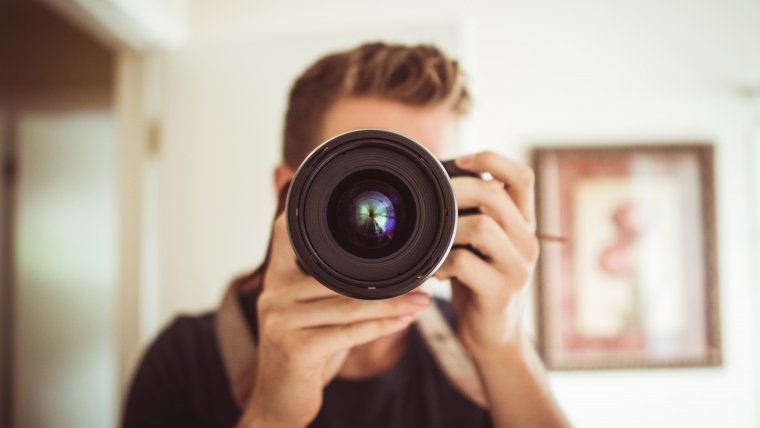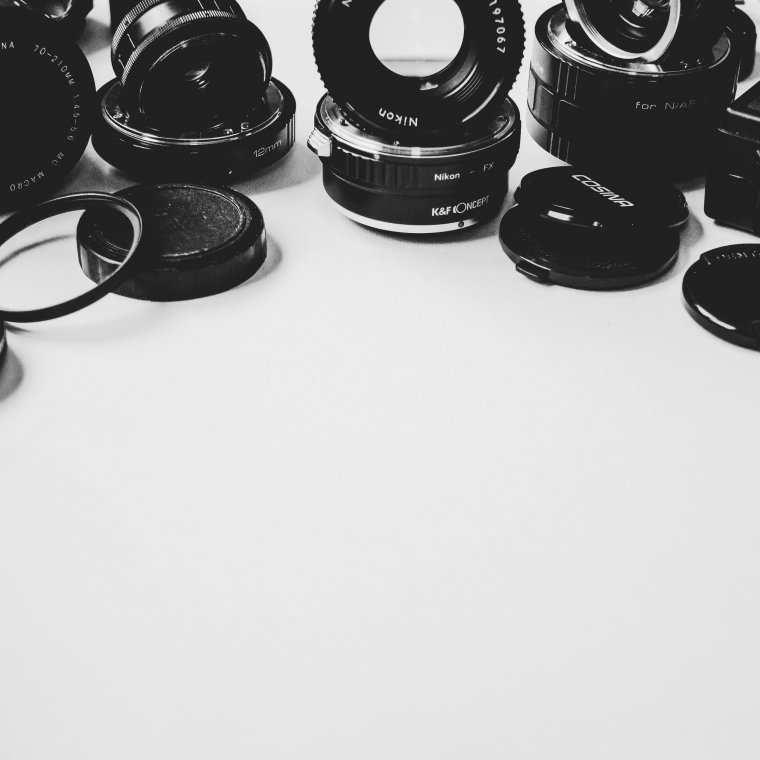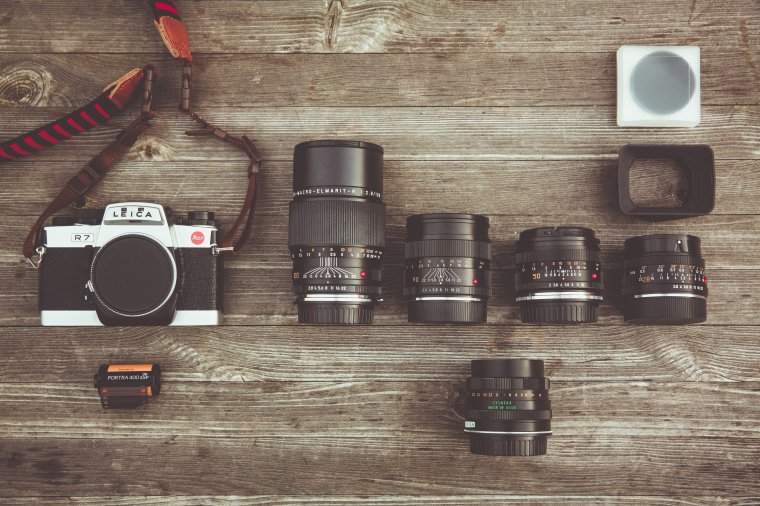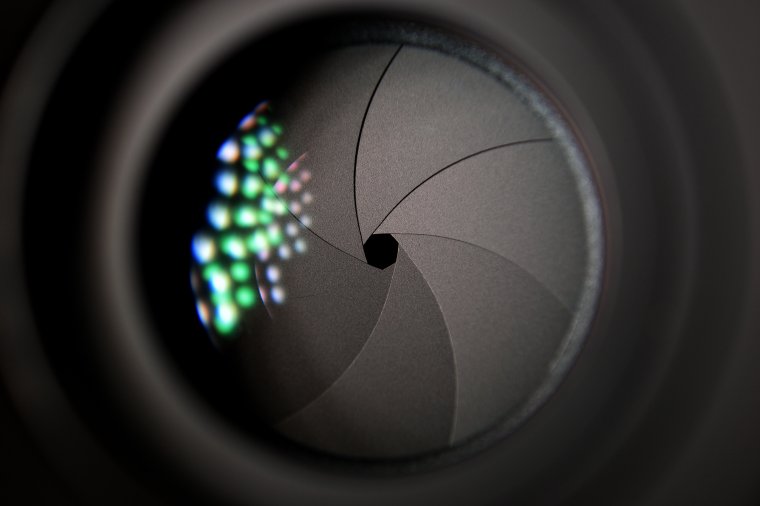
Investing in your equipment and your craft is always the first important step to becoming a good photographer. However, mastering those tools or equipment is another important step to becoming a great photographer. As professional photographers, we tend to accumulate a series of tools over the years. Some of these tools we hardly use and others, we’ve actually never used at all but we have them sitting somewhere. Today we will be talking about your lens collection. More specifically, we will be diving into how you can master each and every one of your lenses in your collection and a few reasons why it’s important to as well. Being a master of your tools will only help you to become a master of your craft and take another step to be a master in something else as well so let’s begin.
Table of Contents
The first step in mastering each lens in your collection is to dedicate time to that lens. By this, I mean you should shoot exclusively for a whole month or 2 weeks with that lens alone. This will force you of your comfort zone and encourage you to test new boundaries with your lens itself. As photographers, we are often very easily spoilt with all the options and equipment we have to our disposal.

We become so used to a spoilt by these things that we forget how to compromise and create good images without them. This is not to say those extra tools are not important but they don’t encourage you to explore other options. Once you’ve decided to dedicate a certain amount of time to use one lens for a certain period then you will see what it is you and your lens are capable of. Sometimes it’s when we have next to nothing that we realize what we really can do. Becoming a master at anything will take some time, so make sure you’re very patient with yourself.
Once you’ve chosen your lens for the month or whatever duration you agreed to then you can explore your subject choices. We will often find yourself linking your equipment or lenses rather to different subjects or genres of photography. While this is a fair assumption or habit to develop, it is also bad as well. Many of your lenses are capable of doing things outside of the imaginary box we put it in. For example, your 50mm f/1.8 lens is capable of shooting other things outside of portraits, regardless of it being referred to as a portrait lens. We set these imaginary boundaries for yourself and our gear without even sometimes noticing it. To break out of this habit, we have to find or encourage diversity in our lenses and try to capture different subjects in different situations. Some of you may wonder why is this so important but I assure you, you will later appreciate it once you’ve given it a try.
As some of you may already know, composition plays a key role in the success or failure of a shot or shots. A lot of things are taken into consideration when talking about composition but finding out its limits is a whole new ball game. Testing the limits of things such as this and pushing them to their extreme is when you gain a better understanding of what you’re truly capable of as a creative. To test the limits in composition on any lens is to do the complete opposite of what that lens is actually intended for.

To give an example, let’s say for instance your lens of choice for the month is a 24mm f/2.8. This lens is usually intended for wide-angle landscape shots. However, what do you think you could accomplish if you try shooting with it in a portrait style and getting super close to your subjects rather than taking steps back. This will not only push your lens to its limits in composition but also push you to yours and encourage you to think outside the box of what’s possible and just go for it. Pushing limits or extremes are all apart of becoming a master of anything. I always tell myself that if it was easy then maybe everyone would be doing it as well.
Last but not least, when it comes to mastering lenses you need to know it inside and out. Make habit of trying your lens at different aperture values and observe how it performs. When testing how your lens performs at different aperture values, you will find yourself looking out for a few things. The two most important things to observe are its technical performance and aesthetic quality. There is currently no lens that performs the same throughout all aperture values so running this test will help you know the result or have an idea of what the result will be at a certain aperture on that specific lens.

Mastering your tools will always help you to become a better photographer than you already are. I hope this article has inspired you to challenge yourself and try something new this month. It’s always a pleasure and until next time, take care.
Comments (0)
There are no comments yet.